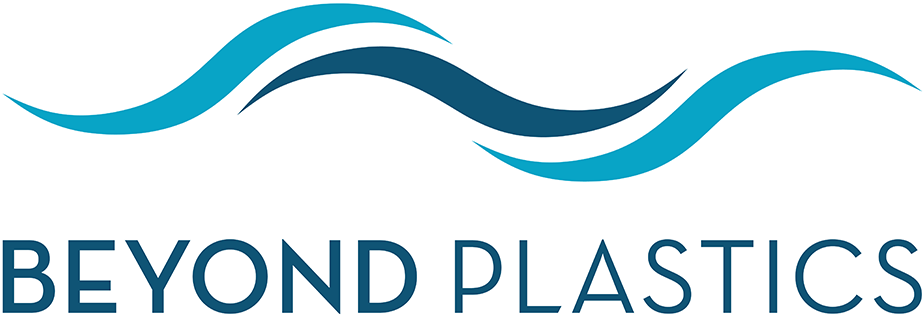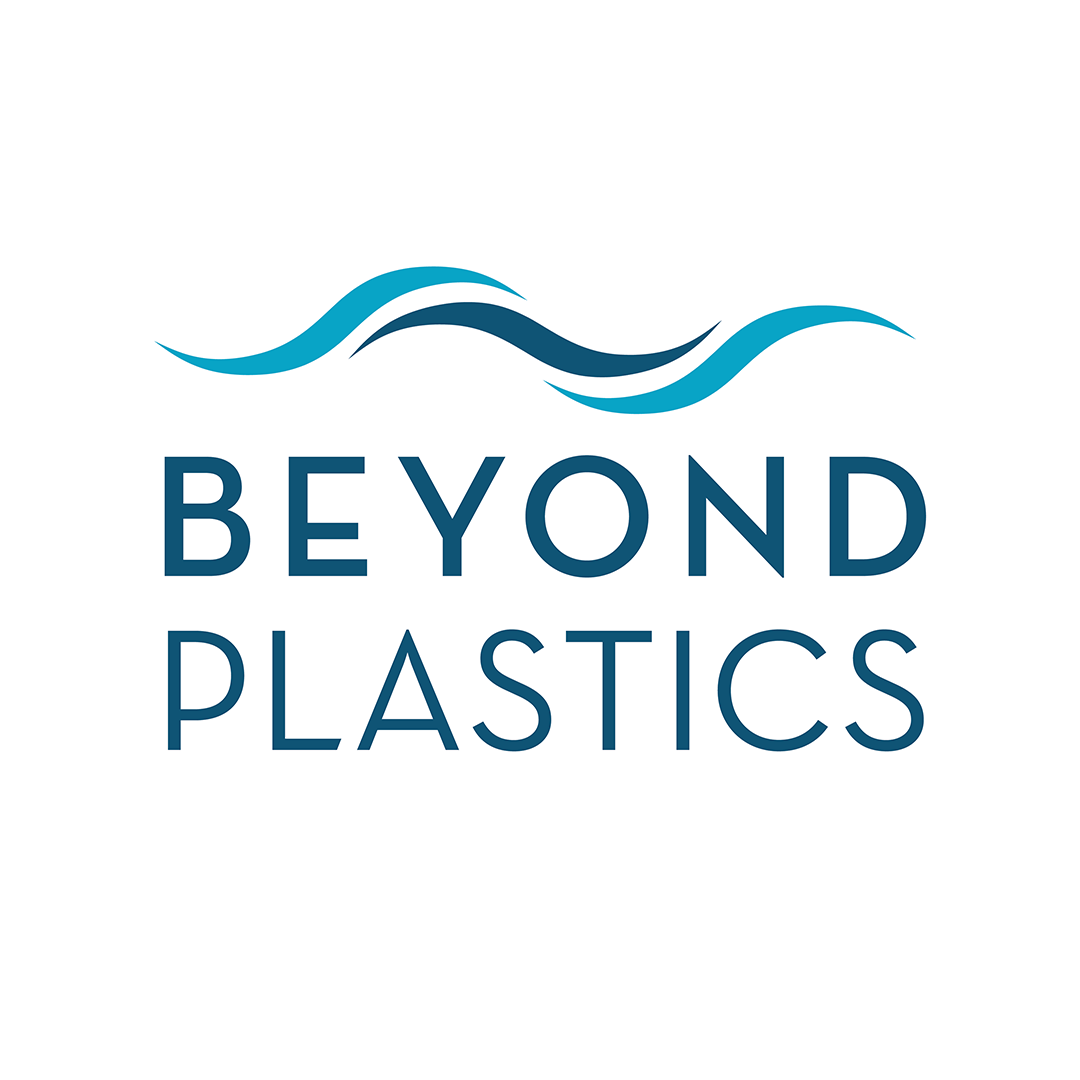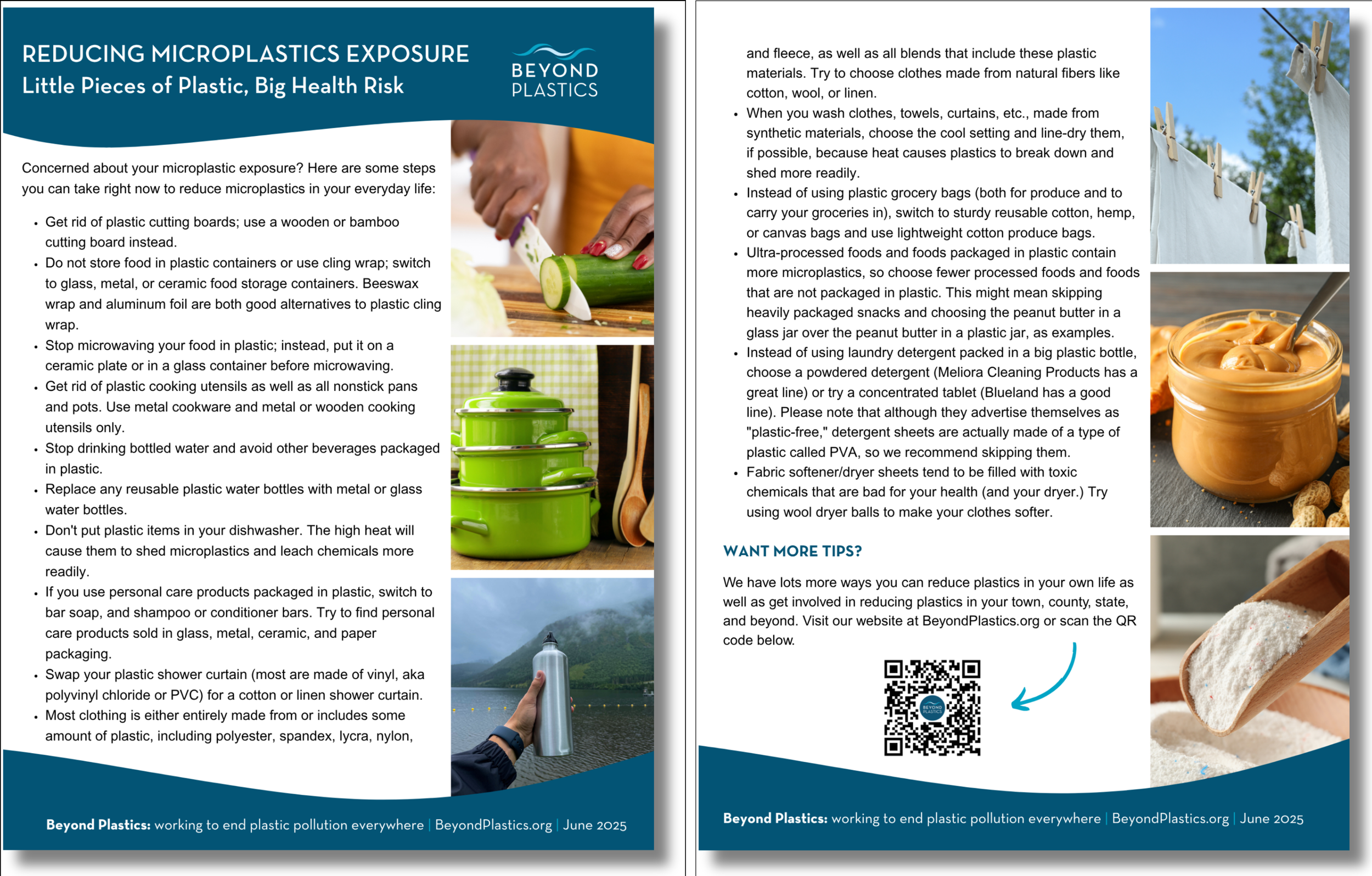Reduce Your Exposure to Microplastics
These little pieces of plastic are everywhere — in the air, in your drinking water, in the ocean, in streams and lakes, in the soil, in all kinds of animal and plant-based proteins including chicken, beef, seafood, tofu, and more, in beer, in bottled water, in table salt, in your dryer’s lint filter, in sea birds’ stomachs, and in the human heart, lungs, kidneys, placenta, blood, and more. Unfortunately, a growing body of research indicates that these teeny particles may pose a big risk to your health.
If you’re concerned about your microplastic exposure, here are some immediate steps you can take to reduce microplastics in your everyday life:
Get rid of plastic cutting boards; use a 100% wooden or bamboo cutting board, instead.
Do not store food in plastic containers or use plastic cling wrap; switch to glass, metal, or ceramic food storage containers. Beeswax wrap and aluminum foil are both good alternatives to plastic cling wrap.
Stop microwaving your food in plastic; instead, put it on a ceramic plate or in a glass container before microwaving.
Get rid of plastic cooking utensils as well as all non-stick pans and pots. Use metal cookware and metal or wooden cooking utensils only.
Stop drinking water and other beverages packaged in plastic bottles. If you need a drink on the go and don’t have a (non-plastic) water bottle with you, opt for a beverage in a glass bottle.
Replace any heavy-duty reusable plastic water bottles with metal or glass reusable water bottles.
Don't put plastic items in your dishwasher; the high heat will cause them to shed microplastics and leach the chemicals they’re made from more readily into your food and drink.
If you use personal care products packaged in plastic, switch to bar soap and shampoo or conditioner bars. Try to find personal care products sold in glass, metal, ceramic, and paper packaging.
Swap your plastic shower curtain (most are made of vinyl a.k.a. polyvinyl chloride or PVC) for a cotton or linen shower curtain.
Most clothing is either entirely made from or includes some amount of plastic including polyester, Spandex, Lycra, nylon, or fleece, as well as all blends that include these types of plastics. Try to choose clothes made from natural fibers like cotton, wool or linen.
When you wash clothes, towels, curtains, etc., made from synthetic materials, try line drying them, if possible. If you need to use the dryer, choose the cool setting because heat causes plastics to break down and shed more readily.
Instead of using plastic grocery bags (both for produce as well as to carry your groceries in), switch to sturdy reusable cotton, hemp, or canvas bags and use lightweight cotton produce bags. You can buy them or try making your own produce bags like the good folks at our affiliate, the New Hampshire Network Plastics Working Group did.
Ultra-processed foods and foods packaged in plastic contain more microplastics so opt for less processed foods and foods that are not packaged in plastic. This might mean skipping heavily packaged snacks and choosing the peanut butter sold in a glass jar over the peanut butter sold in a plastic jar, for example.
Instead of using laundry detergent packaged in a big plastic bottle, choose a powdered detergent (Meliora Cleaning Products has a great selection) or try a concentrated tablet (Blueland has great options).
Please note that although manufacturers of laundry detergent sheets and strips proudly advertise them as "plastic-free," they are, in fact, made of a type of plastic called PVA (polyvinyl alcohol) that ends up in the wastewater with as-yet unstudied impacts, so we recommend skipping them.
Many fabric softeners and dryer sheets may contain toxic chemicals that soften and scent clothing but are bad for your health (and for your dryer.) Some dryer sheets are also made of plastic and must be discarded after one use. Try using 100% wool dryer balls to make your clothes softer, instead.
Since we all breathe in a lot of microplastics, consider getting an air purifier with a HEPA filter to remove particles from the air in your home or office.
Microplastics in the air also settle on surfaces so dusting regularly is helpful to reduce exposure.
Speaking of dusting, microfiber dust cloths and towels are made from, you guessed it… plastic. Opt for towels and dust cloths made from 100% natural fibers like cotton or linen. You can also cut up an old cotton t-shirt or bath towel to make a very effective dust cloth.
Please note that this list is by no means exhaustive! If you have a tip for reducing microplastic exposure that we’ve missed here, please share it with us at beyondplastic@bennington.edu
DOWNLOAD THESE TIPS AS A PDF
¿Prefieres esta hoja de información en español?
MORE INFORMATION
Watch the recording of the May 15, 2025 webinar on Microplastics’ Impact on the Brain & Heart with Dr. Sanjay Rajagopalan, a physician scientist whose work has helped transform global perceptions and understanding of the impact of environmental risk factors on cardiovascular disease and Marcus Garcia, PharmD, RPh, University of New Mexico Medical School, co-authors of two ground-breaking recent studies on the presence of microplastics in the human heart and brain.





